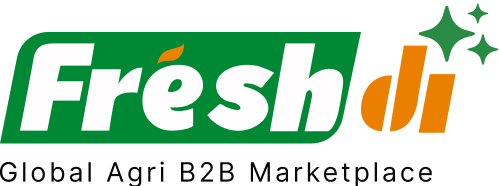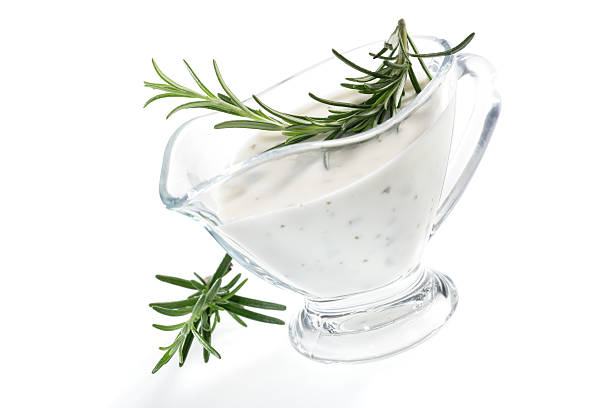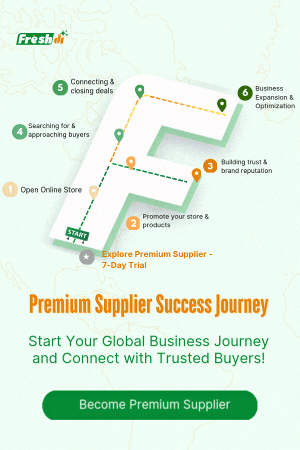Introduction – Current State of Play: The Sauce Sector in United States
The Sauce market in the United States is currently undergoing a dynamic transformation. With Q3 of 2025 in full swing, a mix of economic shifts, emerging food trends, and logistical shake-ups have stirred the pot—literally and figuratively.
A few key developments are reshaping how sauces are sourced, produced, and sold. The U.S. Department of Agriculture recently updated its food labeling policies, impacting how sauce producers list ingredients. Simultaneously, a new trade agreement with Latin America has opened up streamlined import-export routes, boosting access to key raw materials like tomatoes, chili peppers, and spices. Furthermore, unpredictable weather patterns in California and the Southeast—both major agricultural hubs—have strained tomato and pepper yields, leading to cost ripple effects across the supply chain.
Pair all that with global inflationary pressure and a surge in consumer demand for organic and globally-inspired sauces, and you’ve got a sauce market that’s anything but static.
In this fast-moving environment, businesses that source sauces—from restaurant groups to grocery chains—must stay nimble. Reacting quickly to policy changes, price shifts, and supplier performance is no longer optional; it’s the only way to stay competitive.
Deep Dive – Market Movers: Recent Developments and Consequences
The sauce sector has seen notable growth in 2025, driven by rising consumer preferences for flavor experimentation and clean-label products. According to recent Freshdi market insights, RFQs for hot sauces, aioli-based spreads, and ethnic sauces (like gochujang and peri-peri) have increased by over 21% quarter-over-quarter.
At the same time, supply chain disruptions stemming from transportation bottlenecks at key ports—particularly Los Angeles and Savannah—have delayed shipments for many B2B buyers. This delay has forced many distributors and foodservice providers to diversify their supplier base inside the U.S. to reduce dependency on international imports.
Significant investments in automation and sustainability are also reshaping the sector. Sauce manufacturers are increasingly turning to clean energy and AI-based quality control systems to streamline production and meet rising ESG expectations. Many top suppliers now market not just flavor, but transparency, traceability, and sustainability of their ingredients.
Top 7 Verified Sauce Suppliers in United States – Adapting to Today’s Market
These top suppliers have been handpicked based on performance metrics, export capabilities, responsiveness, and verifiable activity on the Freshdi platform. These companies are actively adapting to 2025’s market realities—and it shows.
1. A CHILD HOPE INTERNATIONAL
More than just a humanitarian-focused organization, A Child Hope International has carved a niche in the foodservice supply chain. Their sauce offerings—especially in bulk packaging—are ideal for institutional buyers. Known for reliability during turbulent market periods, they’ve maintained strong fulfillment rates despite recent shipping delays.
2. SYSCO INTL FOOD GROUP
As one of the largest food distributors globally, Sysco’s sauce portfolio spans everything from classic marinara to specialty global flavors. Their international logistics network allows them to pivot quickly in response to supply chain changes, making them a resilient partner.
3. GOYA FOODS OF FLORIDA ORLANDO
Goya is a household name in Latin cuisine, and their Orlando operation continues to be a strong export engine. Their sauces—like sofrito, mojo, and enchilada sauce—are in high demand amidst the growing popularity of Hispanic cuisines in U.S. foodservice.
4. SSA EXPORTS, LLC
SSA Exports has made major strides in packaging innovation and shelf-stability, making their sauces a top pick for retailers and foodservice operators who want longer-lasting products with clean ingredient lists.
5. CAS Interglobal
Based in the Midwest, CAS Interglobal is known for its customizable sauce production. Whether you need a spicy BBQ or a low-sodium tomato blend, they offer tailored solutions backed by strong R&D and food safety protocols.
6. ATEC LOGISTICS LLC. NVOCC FOR VENTUR
Though primarily a logistics company, ATEC supports several private-label sauce brands through integrated supply chain management. They specialize in helping brands scale quickly—ideal for startups and fast-growth foodservice ventures.
7. SUGAR FOODS CORP
Don’t let the name fool you—Sugar Foods Corp has a solid lineup of savory sauces, especially those used in condiments and salad dressings. Their consistency, scalability, and national distribution footprint make them a key supplier in Q3 2025.
Honorable Mentions:
- MCCORMICK & CO., INCORPORATED – The spice titan continues to innovate in the sauce space, though focused more on retail channels.
- Elite Superior Foods, Inc – Niche gourmet sauces with high-end appeal.
- Brooksmade Gourmet Foods, Inc. – Artisan sauces meeting the rising demand for small-batch, local flavor profiles.
Dynamic Ranking Note:
Supplier performance isn’t static. Platforms like Freshdi track real-time activity and recognize “Suppliers of the Month/Quarter” based on responsiveness, RFQ volume, and fulfillment success—so rankings shift based on current events and supplier actions.
Market Navigation – Strategic Responses to The Current Sauce Landscape in United States
So, what does all this mean for your procurement strategy?
First, be aware that sauce demand is shifting—not just in volume, but in type. Global flavors are hot (literally), and health-conscious options like low-sodium and organic versions are seeing a bump in RFQ requests. If your current supplier can’t pivot quickly, it may be time to diversify.
Second, geographic sourcing diversification is key. Weather-related risks in California have caused delays and price volatility in tomato-based products. Sourcing from multiple states—or even nearshoring with partners in Latin America—can mitigate these risks.
Third, keep your eyes on packaging innovation. Many suppliers are moving toward eco-conscious packaging, which not only aligns with ESG goals but also appeals to end consumers. This shift can also reduce breakage rates during transit and lower transportation costs.
Need help monitoring these trends in real-time? Freshdi offers live RFQ dashboards, supplier verification tools, and trend alerts based on current market disruptions—everything you need to make sourcing decisions with confidence.
Conclusion – Key Takeaways for Businesses in a Fast-Moving Market
Let’s recap. The U.S. sauce market is in flux. Trade policies, consumer trends, and unpredictable weather are shaking things up. But within that chaos lies opportunity—for those who act fast.
The top suppliers listed here aren’t just surviving—they’re adapting and thriving. Whether it’s via scalable packaging, global logistics, or product innovation, they’re staying in sync with the market’s pulse.
To keep pace, businesses must:
- Reassess supplier reliability and diversification.
- Adjust to demand shifts for new sauce types.
- Monitor local and international logistics challenges.
- Embrace packaging and sustainability innovations.
And remember, platforms like Freshdi are invaluable in helping you stay ahead—with real-time supplier performance data, verified sourcing options, and alerts tailored to news-driven disruptions.
Buyer’s Checklist: Sourcing Sauce in Q3 2025
- ✅ Have I assessed supplier flexibility and fulfillment rates?
- ✅ Am I sourcing from multiple regions to reduce risk?
- ✅ Does my supplier offer trending sauce types (e.g., ethnic, organic, low-sodium)?
- ✅ Am I aligned with ESG packaging expectations?
- ✅ Have I checked real-time RFQ activity on Freshdi for emerging trends?
Future Outlook: What’s Next for Sauce in the U.S.?
Looking ahead to Q4 and into 2026, expect the sauce market to continue evolving. Sustainability mandates may impact sourcing, while consumer demand for transparency will push suppliers to innovate further. AI, automation, and smarter logistics will define the next frontier in sauce sourcing.
With platforms like Freshdi, buyers will continue to gain more visibility and leverage in this competitive space.
FAQs
1. Why is the U.S. sauce market changing so rapidly in 2025?
Several factors—from new trade agreements and weather disruptions to shifting consumer preferences—are creating a volatile but opportunity-rich environment.
2. How can I verify a sauce supplier’s reliability?
Use platforms like Freshdi to access verified supplier profiles, historical performance data, and real-time RFQ activity to make informed decisions.
3. Which types of sauces are most in demand right now?
Global-inspired sauces like gochujang, chimichurri, and peri-peri are trending, alongside health-conscious options like low-sodium and organic sauces.
4. What should I do if my current supplier is facing delays?
Consider diversifying your supplier base, using Freshdi to explore new partners who can meet your volume and quality needs quickly.
5. How often do supplier rankings change on Freshdi?
Freshdi updates its rankings regularly based on supplier activity, fulfillment metrics, and user feedback—ensuring you always have access to the most responsive partners.


